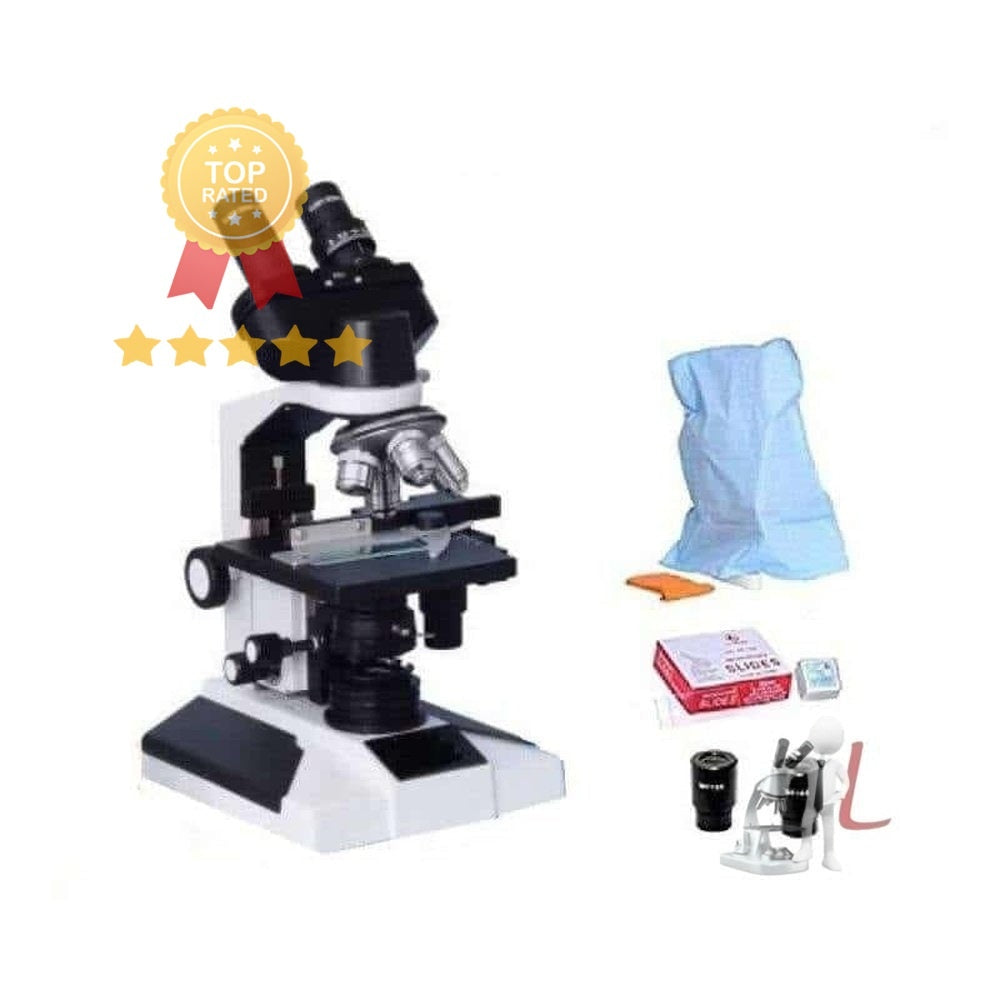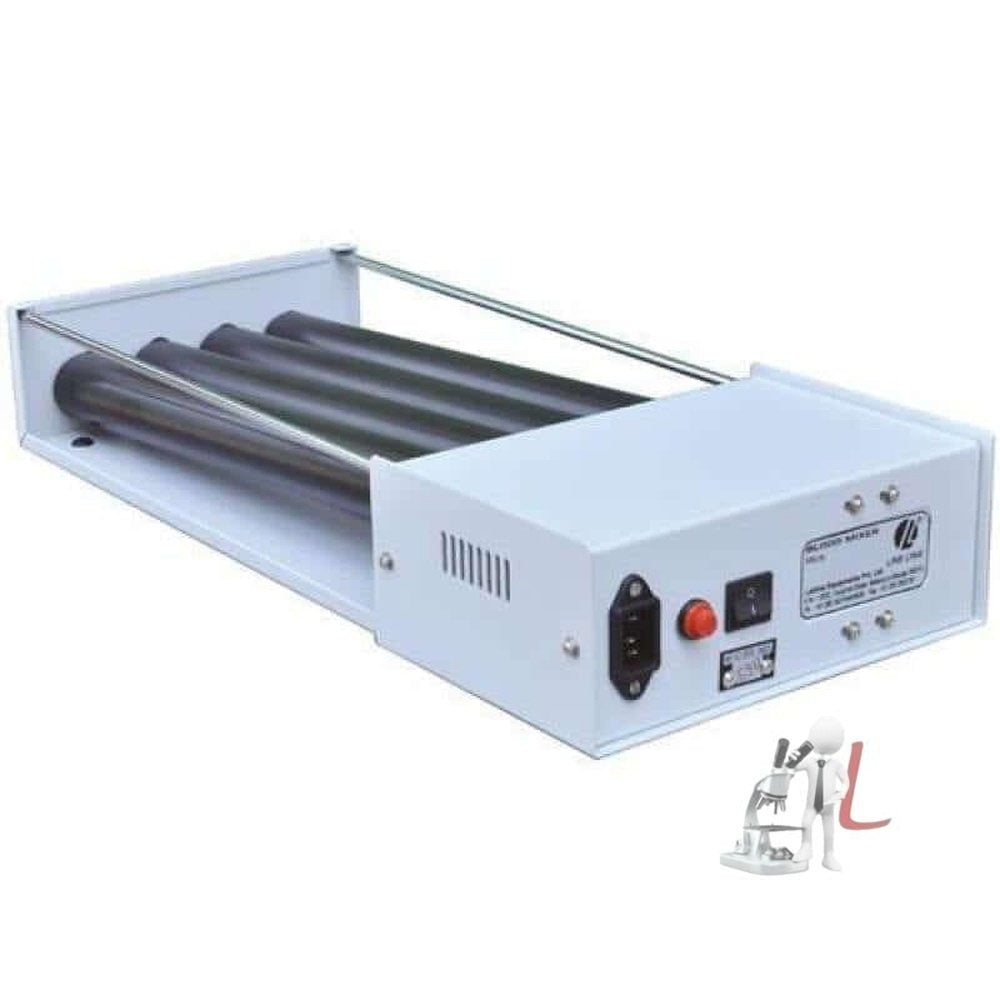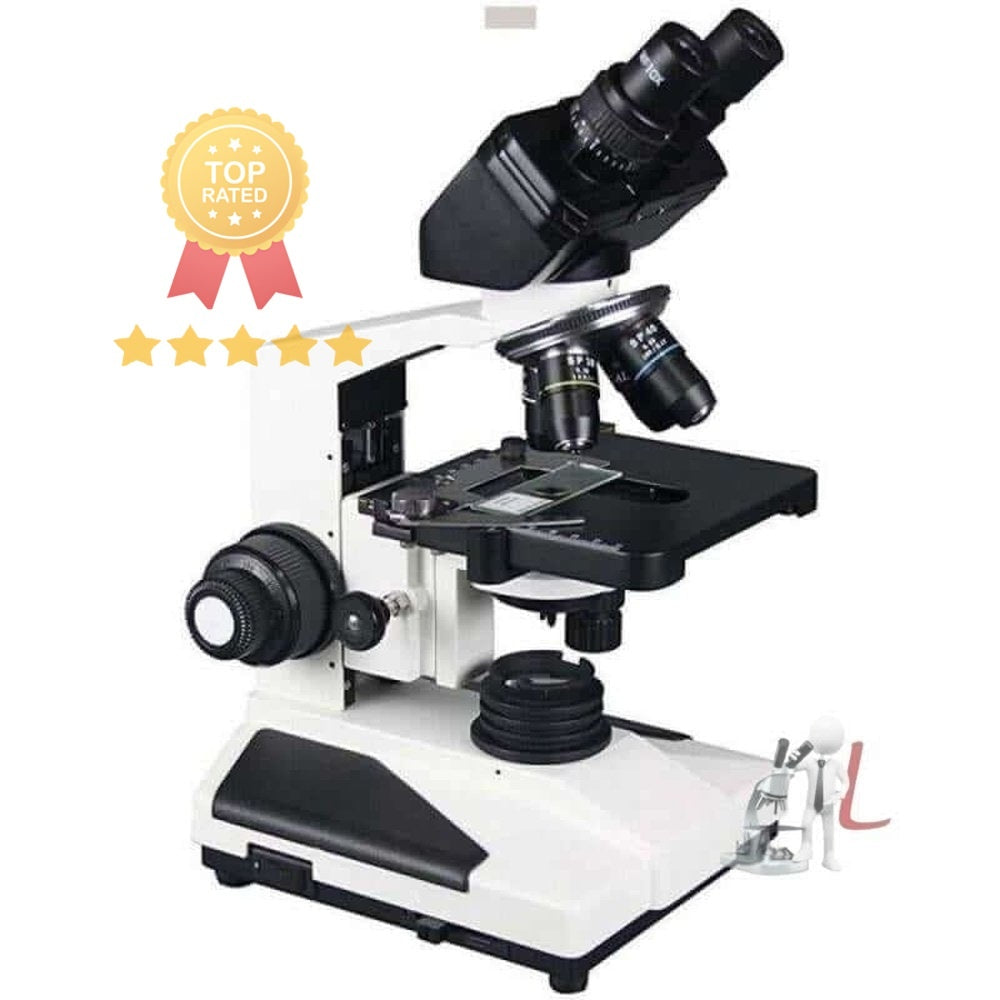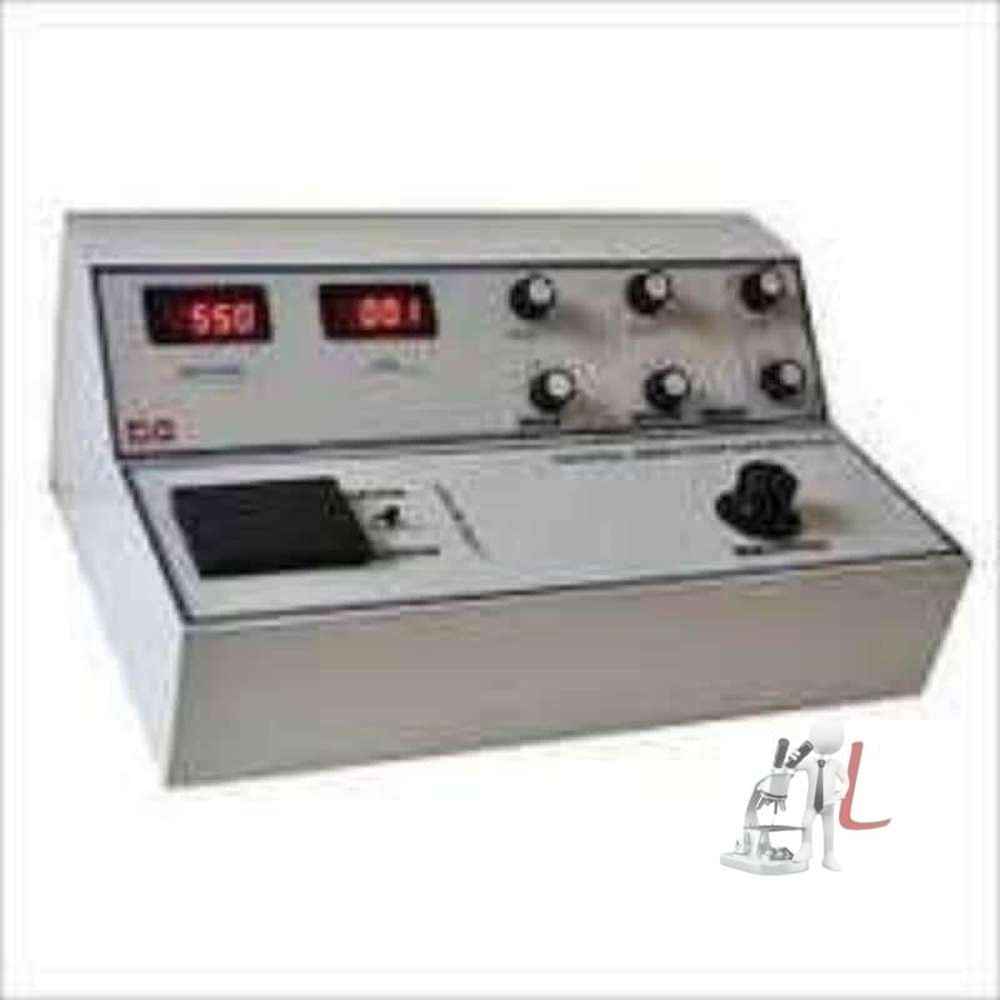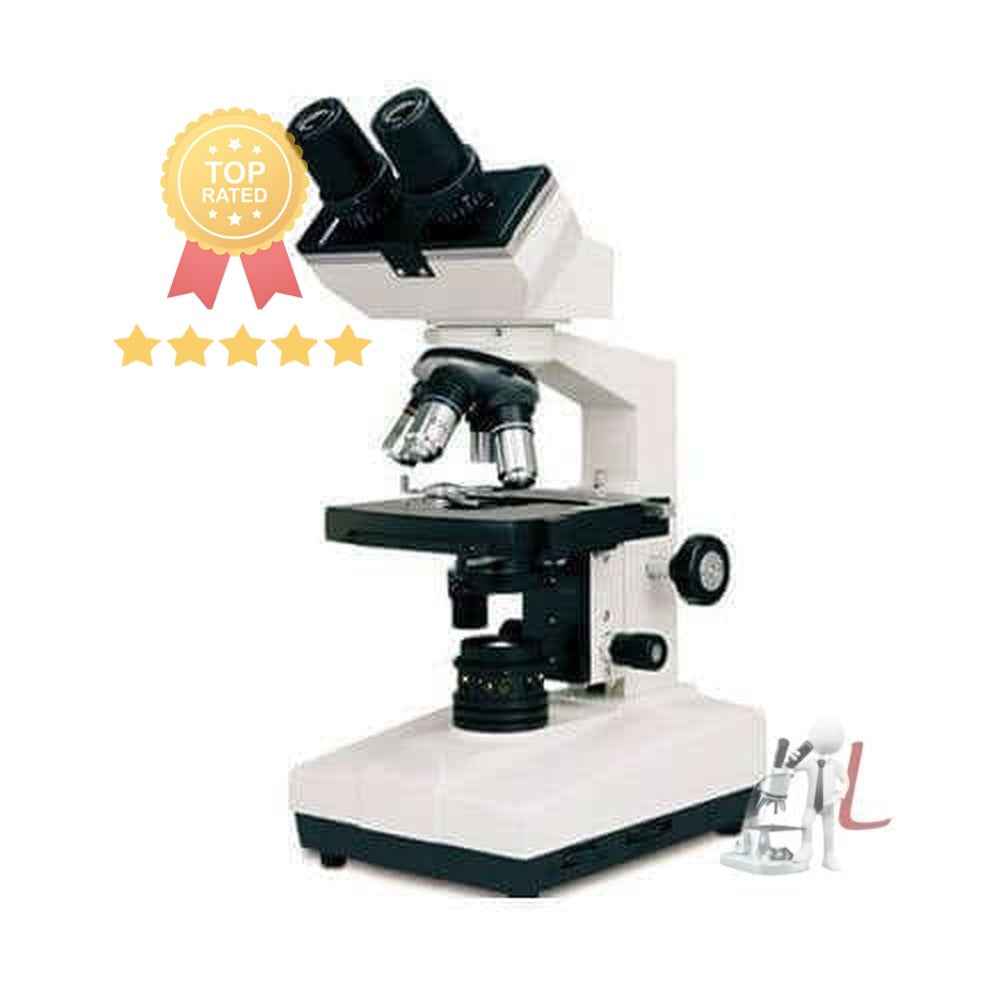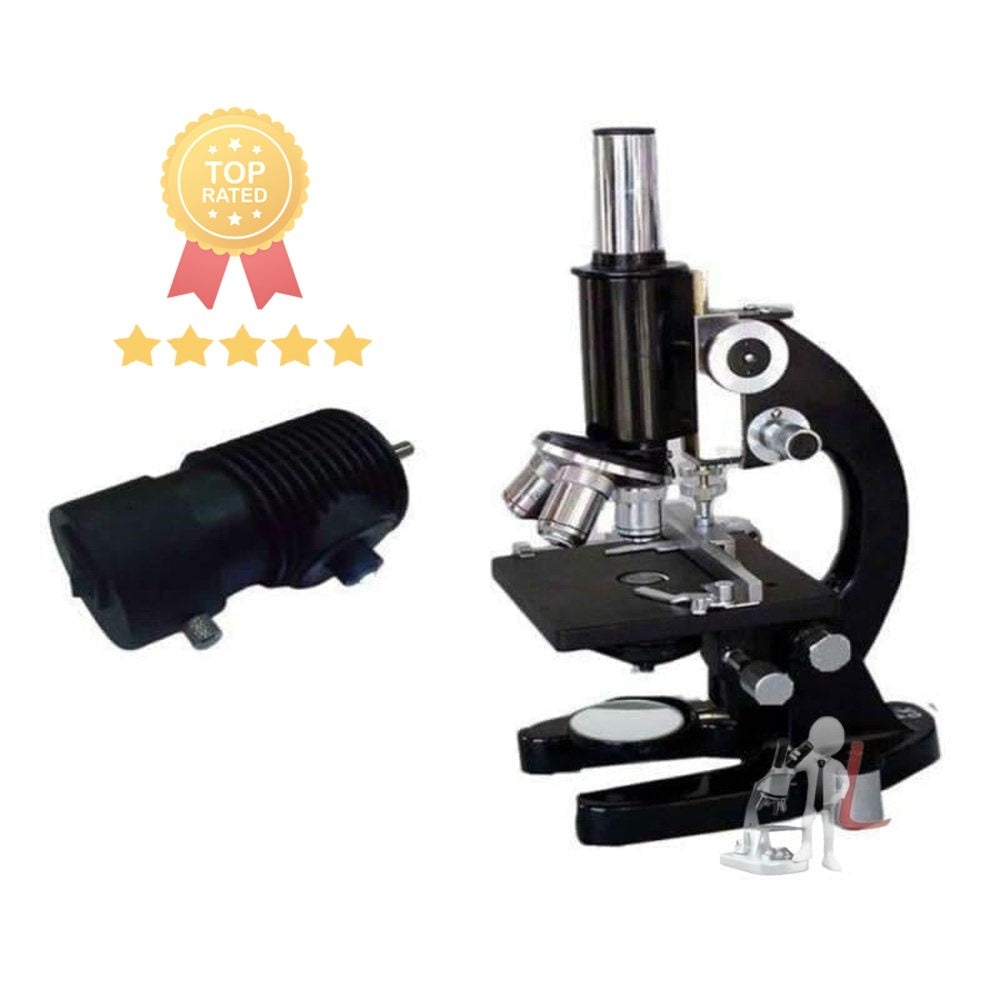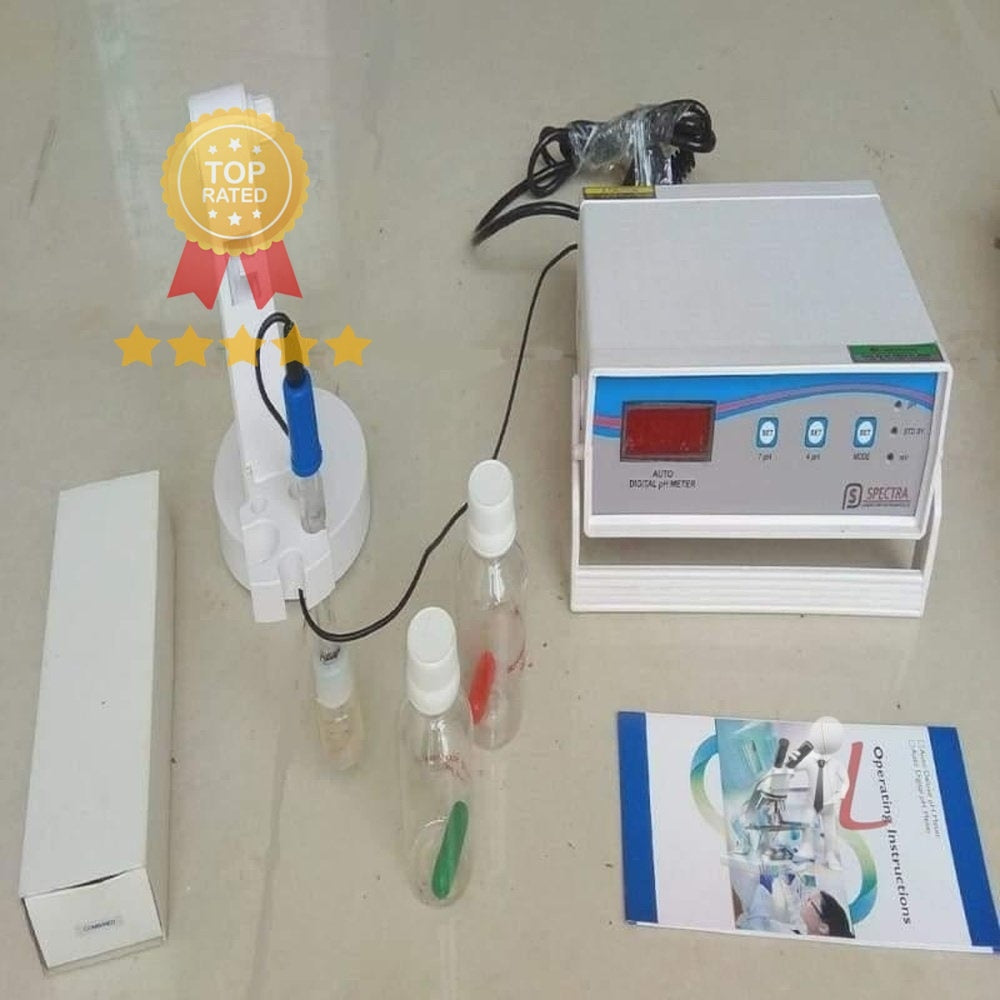Biophysics Lab Equipment
Biophysics Lab Equipment is essential for anyone conducting research and experiments in the field of biophysics. These tools facilitate the study of biological systems through the principles of physics, combining knowledge from various disciplines to uncover the complexities of life at a molecular level. In biophysics, understanding the interactions and behaviors of biological molecules such as proteins, nucleic acids, and membranes is crucial. The right lab equipment allows researchers to quantify these interactions, visualize structures, and analyze dynamics, ultimately leading to groundbreaking scientific discoveries.
There is a wide array of Biophysics Lab Equipment available, each serving a specific purpose to support various research activities. Commonly used tools include spectrophotometers, fluorescence microscopes, atomic force microscopes (AFM), and differential scanning calorimeters (DSC). Each piece of equipment provides distinct insights into different biophysical phenomena, contributing to a more comprehensive understanding of biological systems.
Spectrophotometers, for example, enable researchers to measure the absorbance and transmission of light by biological samples, allowing them to determine the concentration of biomolecules. This is particularly important in studies involving enzyme kinetics, where one must monitor how enzymes interact with their substrates under varying conditions.
Fluorescence microscopes take this a step further by allowing for the visualization of specific biomolecules within cells. By utilizing fluorescent markers, researchers can track the location and movement of proteins in real-time, providing valuable information about cellular processes and mechanisms.
Atomic force microscopes offer high-resolution imaging of surfaces at the nanoscale, enabling the examination of biomolecular structures and interactions. This equipment enhances the understanding of how molecules such as DNA and proteins behave under different physical conditions and provides insight into their functions.
Differential scanning calorimeters enable the measurement of the heat changes associated with molecular transitions, elucidating the stability and interactions of biomolecules under varying temperatures. This is critical for understanding protein folding and stability, which are essential for drug design and development.
When setting up a biophysics lab, attention must also be paid to the environmental conditions, including temperature and humidity control, as these can significantly affect experimental outcomes. Equipment such as incubators and temperature controllers are vital to maintain optimal conditions for experiments.
Additionally, data analysis tools and software are indispensable when working with biophysics lab equipment. The data generated from experiments often requires comprehensive analysis to yield meaningful results. Advanced software can assist in modeling biological systems, simulating molecular dynamics, and visualizing complex datasets effectively.
In a biophysics laboratory, safety equipment must not be overlooked. Personal protective equipment (PPE) including lab coats, gloves, and goggles ensure the safety of researchers when handling biological samples and chemicals. Adequate waste disposal systems are also necessary to handle biological and chemical waste safely.
Funding is often required for acquiring high-quality Biophysics Lab Equipment. Grants, institutional resources, and collaborations with industry can provide the necessary financial support to set up and maintain a well-equipped lab. Institutions aiming for excellence in biophysics research should prioritize investment in advanced technologies that foster innovative experiments.
Moreover, education and training are crucial for maximizing the potential of biophysics lab equipment. Researchers and students need proper training to operate sophisticated instruments and to analyze data accurately. Workshops, seminars, and hands-on training sessions can enhance the skills of individuals working in biophysics.
As technology advances, biophysics lab equipment continues to evolve, offering increasingly sophisticated tools that allow for deeper insights into the biological world. Emerging technologies like CRISPR for genetic editing, enhanced imaging techniques, and automated high-throughput screening systems are pushing the boundaries of what is possible in biophysics research.
Collaboration across disciplines is also a key factor in successful biophysics studies. Biophysicists often work alongside biologists, chemists, physicists, and engineers to combine their expertise and tackle complex biological questions. This interdisciplinary approach can lead to innovative solutions and breakthroughs in understanding diseases, drug design, and biotechnology.
Finally, the importance of publishing and disseminating research findings cannot be overstated. Sharing results with the scientific community not only contributes to the overall body of knowledge but also invites collaboration and further innovation. Conferences, journals, and online platforms are valuable venues for scientists to present their research on biophysics lab equipment and the insights gained from using these tools.
In conclusion, Biophysics Lab Equipment is vital for conducting research in the field of biophysics. It encompasses a variety of tools and instruments necessary for understanding biological systems through physical principles. As the field continues to grow, so will the advancements in equipment and technology, paving the way for new discoveries and enhanced scientific understanding.
Filter
Sort by








